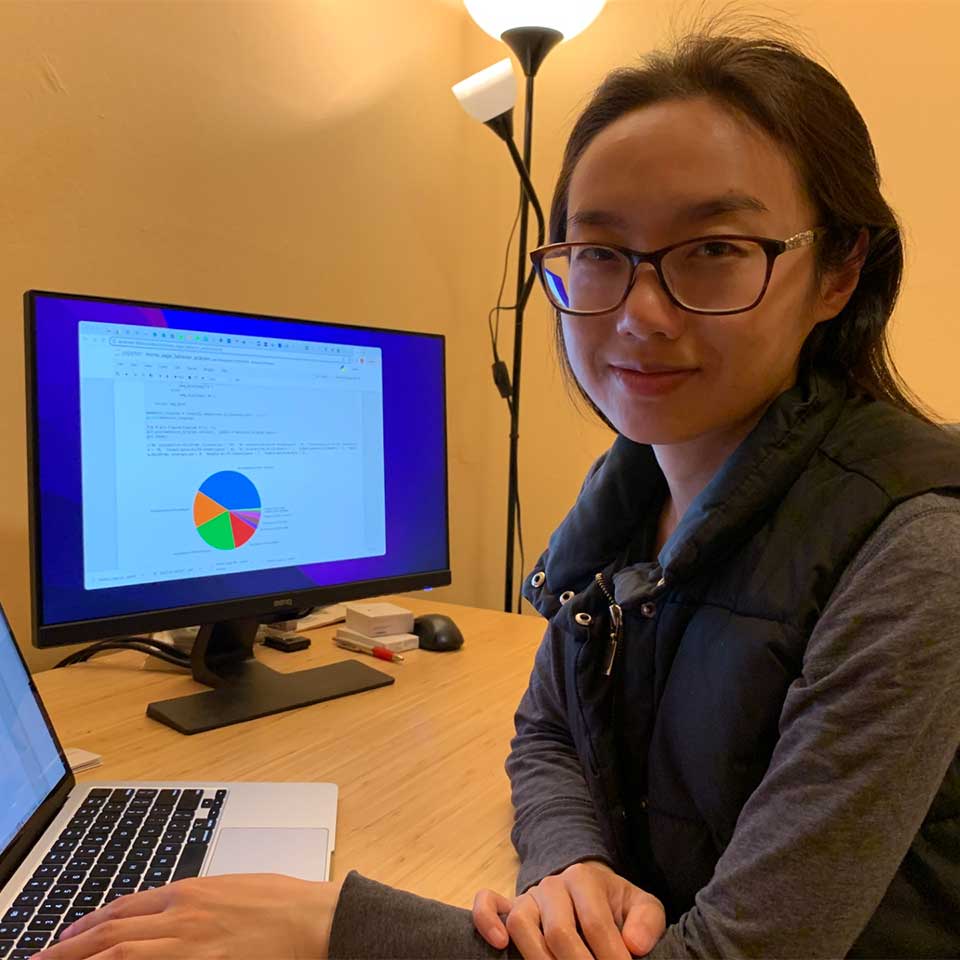
Fall 2023 Newsletter
Upcoming Alumni/Fellows Gathering
September 27, 2023, 10 am to 11 am PST
Leading With Integrity: Fostering a culture of accountability and creating environments devoid of research misconduct
Please join us for a conversation with former fellows Dr. Lawrence P. Garetto, clinical ethicist and Professor Emeritus at Indiana University School of Dentistry, and Dr. Sergey D. Stavisky, Assistant Professor and Co-Director of the UC Davis Neuroprosthetics Lab
Announcing the 2023 Fellows!
Lucy Bicks, Ph.D., Donald A. Mullane Postdoctoral Fellow
For training at the David Geffen School of Medicine at the University of California, Los Angeles with Dr. Daniel Geschwind
Understanding the causes of neurodevelopmental disorders has been a major challenge in the field, especially disorders such as Autism Spectrum Disorder (ASD). While genetic risk for ASD is heterogeneous, there are overarching trends, in particular that risk genes for ASD are primarily expressed during fetal brain development. Understanding the developmental trajectory linking genetic variation with the timing of the emergence of the disorder can be achieved through organoid models, which model human brain development in a dish. We can use these models to genetically engineer a range of gene mutations of interest and then examine the developmental changes of those organoid models across development to understand how diverse risk leads to shared molecular pathology over time. Lucy will use an iterative approach – using organoids to ‘look back in time’ on what might have happened during fetal brain developmental events, and postmortem tissue to gain further insights on what the end state is within the adult brain. These findings will help us to ultimately determine what and where interventions might be best applied.

Sydney Campbell, Ph.D.
For training at the David Geffen School of Medicine at the University of California, Los Angeles with Dr. Heather Christofk
Non-alcoholic fatty liver disease (NAFLD) is on the rise globally and is expected to impact 33% of adults in the United States by 2030. While the precise cause of NAFLD is unknown, obesity and metabolic syndrome are closely associated with NAFLD, implying that diet and metabolism may have a role in driving NAFLD. Sydney’s work has shown that the common dietary nutrient vitamin C can regulate the proliferation of a specific cell type important in repairing liver damage like that seen in NAFLD patients. Using a combination of molecular biology strategies and mouse models of NAFLD, she will elucidate the precise way vitamin C controls these cells and in turn identify how vitamin C could be used therapeutically to help patients with NAFLD.
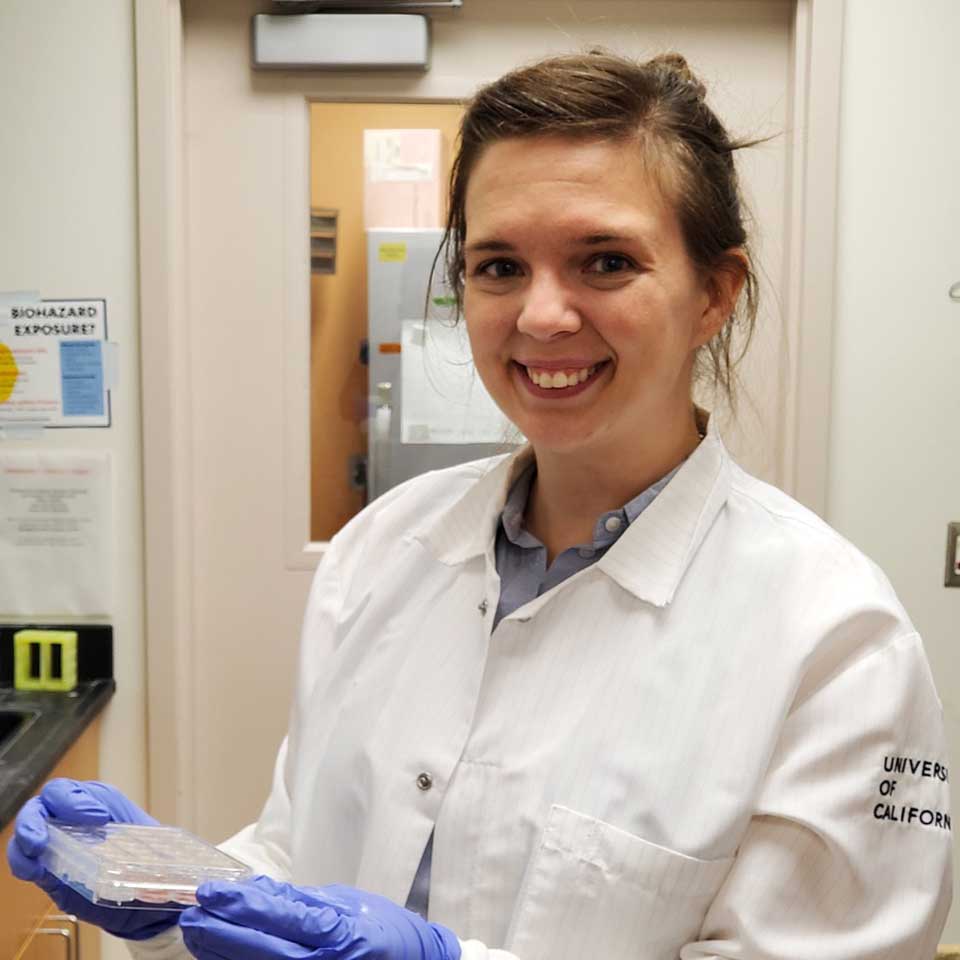
Nicholas Card, Ph.D.
For training at University of California, Davis School of Medicine with Dr. Sergei Stavisky
Communication is a cornerstone of people’s independence and quality of life, but individuals with anarthria, or the inability to speak due to brain injuries or neurodegenerative diseases, face challenges in expressing themselves. Current assistive communication devices are cumbersome and slow. A promising solution is to directly record brain signals while individuals attempt to speak and decode them into words. Nick aims to develop a brain-computer interface that can restore fluent communication for people with anarthria. In a pilot clinical trial, neural recording devices will be implanted into speech-related brain areas of volunteers. While participants attempt to speak, their neural activity will be decoded into the words they are trying to say in real time, restoring their ability to communicate naturalistically.
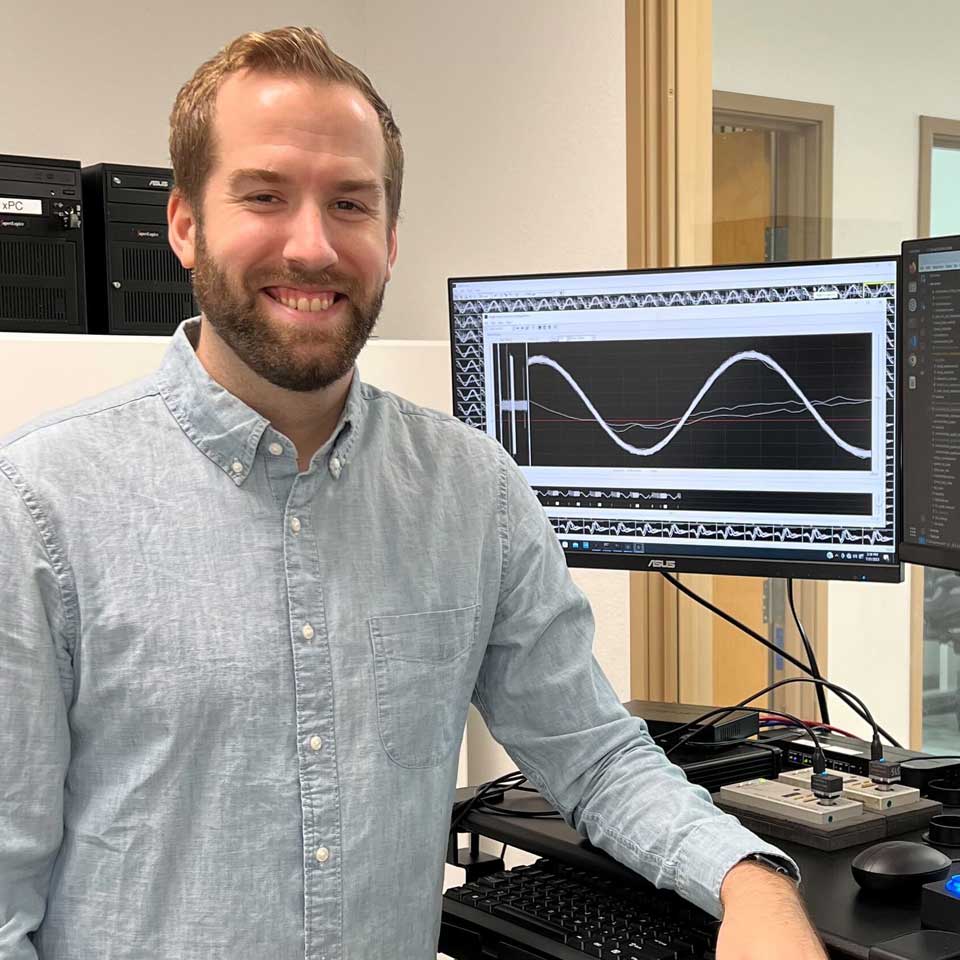
Corleone Delaveris, Ph.D.
For training at University of California, San Francisco, School of Medicine with Dr. Jim Wells
Tumors are originally derived from the patient’s own cells, which makes it difficult for the patient’s immune system to differentiate tumor cells from healthy cells. However, in their unending quest to proliferate, tumors generate a unique chemical environment that can modify the tumor cells in distinct ways. By first developing new methods to identify the unique modifications on tumor cells, Corleone’s long-term goal is to develop new therapeutics that can help the immune system recognize tumor cells via these modifications and lead to remission and cures for patients.
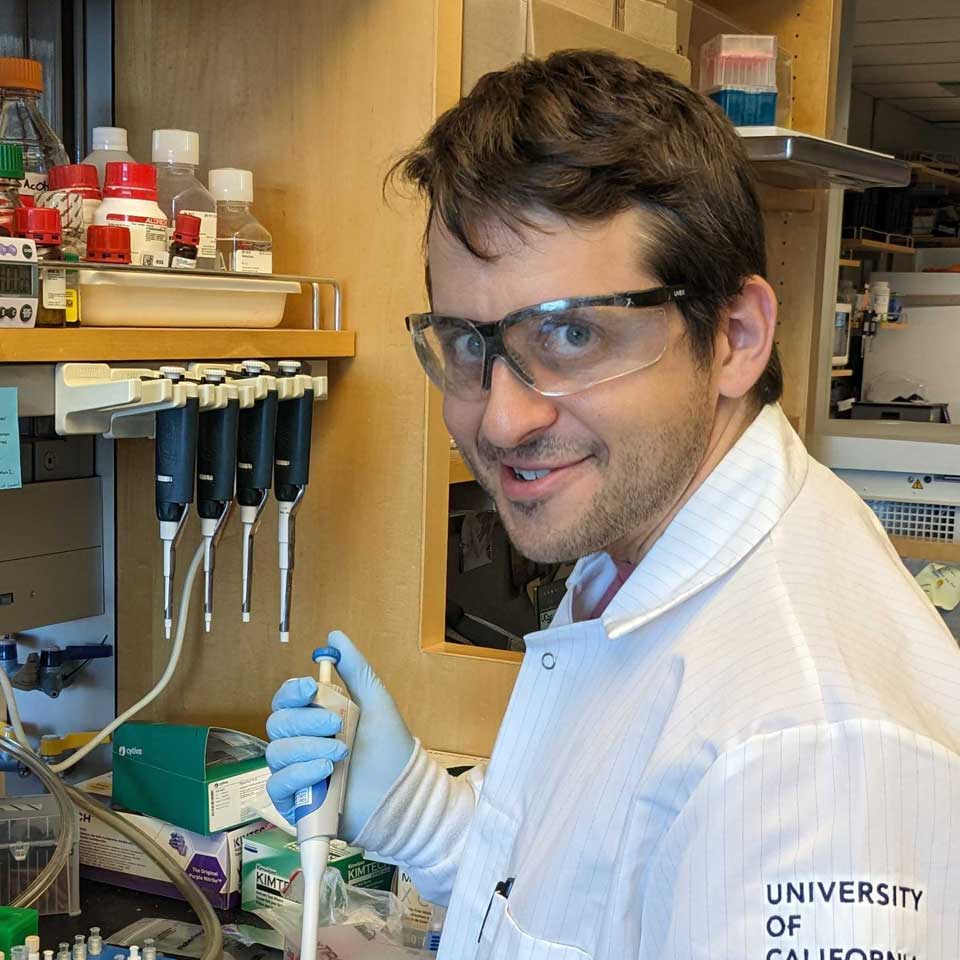
Christopher Kuo, M.D..
For training at the Keck School of Medicine at the University of Southern California with Dr. James Amatruda
Ewing sarcoma (EwS) is a malignant cancer of bone and soft tissues that occurs mainly in children, adolescents, and young adults. For some pediatric cancers, recent progress has led to new treatments that use one’s own immune system to target cancer cells. However, immunotherapy has not been successful for EwS because we don’t know enough about how EwS tumor cells evade the immune system. The tumor microenvironment (TME) is an intricate ecosystem that consists of cancer cells and the host’s immune system. Chris’s project will focus on dissecting the TME of EwS to understand how tumors develop. Using EwS tumors removed from pediatric patients during their cancer diagnosis and treatment, Chris will use newly developed techniques to map the TME and use a zebrafish genetic model of EwS to examine tumor/immune cell interactions in living tissue. The long-term goal of this work is to identify new treatment options for children with EwS.
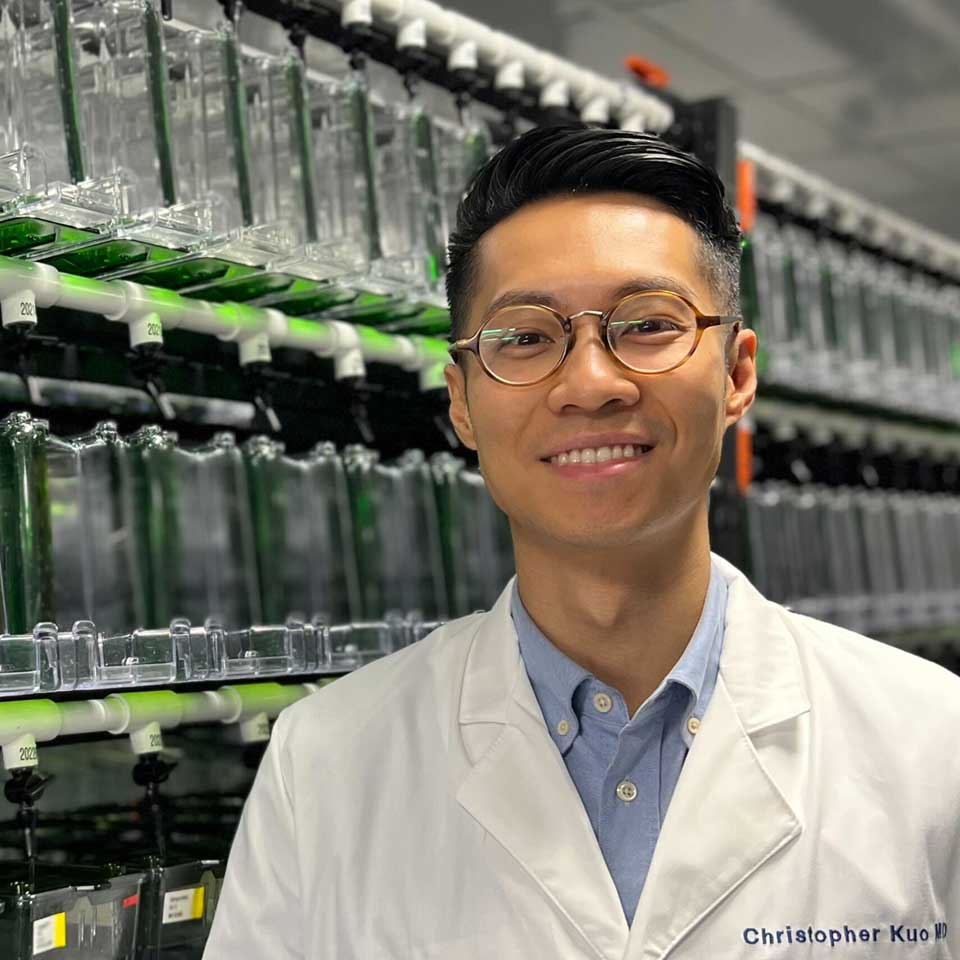
Michael Ryan, Ph.D.
For training at David Geffen School of Medicine at University of California, Los Angeles, with Dr. Anne Churchand
As we age, we tend to make more habitual decisions, which are fast and simple, but prone to errors. Habitual decision making comes at the expense of goal-directed decisions, which are more flexible and accurate but also more taxing for the brain to compute. What age-related changes in the brain lead to the loss of flexible decision-making? Previous work suggests that habitual and goal-directed decisions are mediated by two distinct brain circuits. Additionally, age-related changes in decision-making have been linked to altered connectivity and function of these circuits. To determine how the connectivity of these circuits changes with age, Michael will use synaptic tracing to measure their pattern and strength of connectivity in mice throughout aging. To determine how the function of these circuits impacts decision making across the lifespan, Michael will use widefield imaging to measure neural activity, combined with causal optogenetic manipulations in mice while they make decisions. Together, these experiments will provide a platform for hypothesis testing on an unprecedented scale, connecting behavior to highly distributed neural networks across the lifespan.
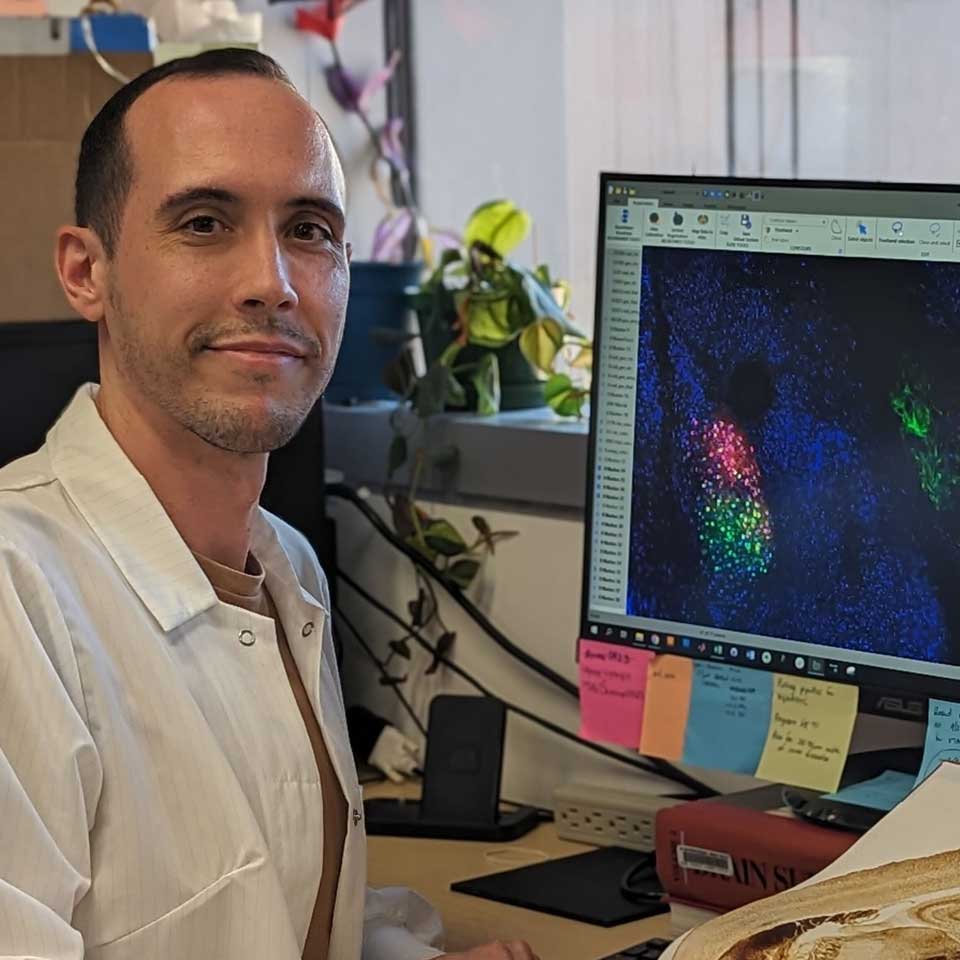
Benjamin Wang, Ph.D.
For training at Stanford University School of Medicine with Dr. Denise Monack
Infectious diarrheal diseases are one of the biggest threats to global health today. One of the most prevalent diarrheal pathogens is a bacterium named Salmonella enterica, which infects over 200 million people each year. Different Salmonella isolates cause very different diseases, ranging from self-limiting gastroenteritis to deadly typhoid fever. Ben seeks to better understand why different Salmonella isolates manifest as different diseases. He is currently using a combination of cutting-edge approaches, including high-throughput genetic screens and human-derived intestinal organoids, to tackle this problem. Ben hopes that this work will lay the groundwork for the development of novel therapeutics against diarrheal pathogens like Salmonella.
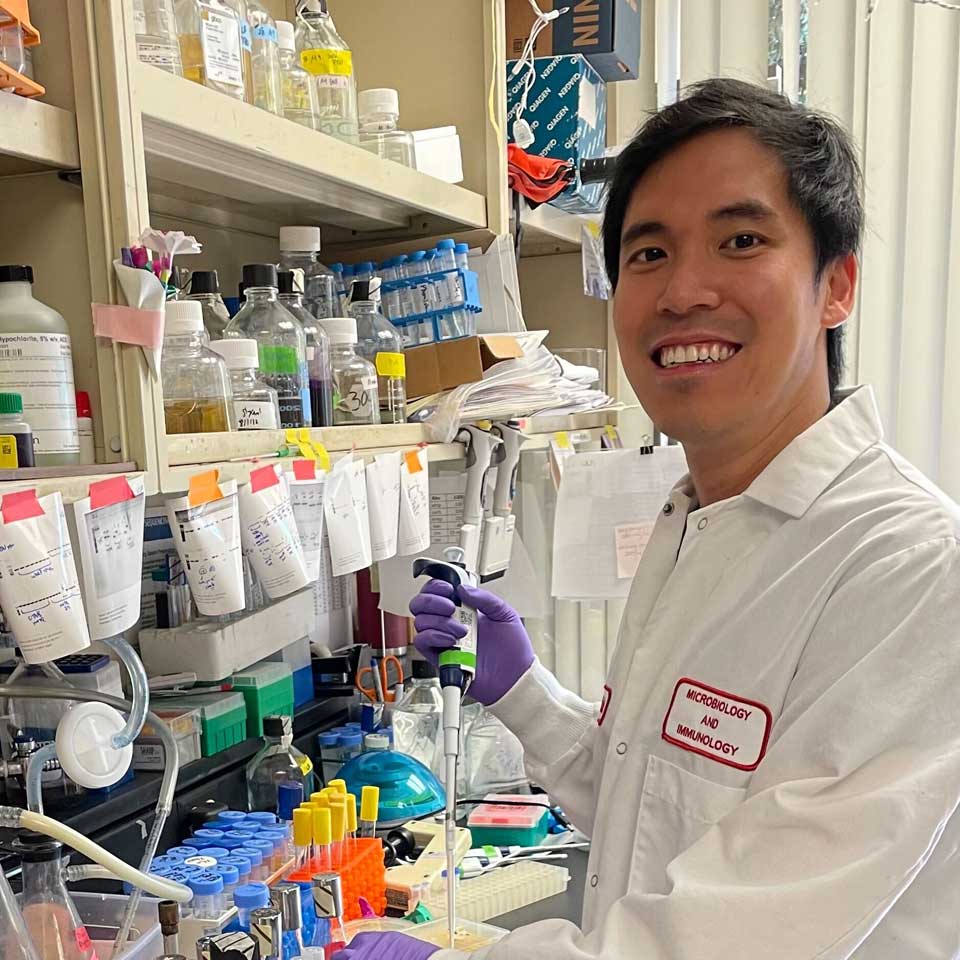
Shuyu Wang, M.D., Ph.D.
For training at the University of California, San Francisco School of Medicine with Dr. Devanand Manoli
Shuyu is interested in understanding how the brain orchestrates social behavior. Social engagement is central to our ability to survive, to be productive, and to feel belonging; conversely, struggles with social connection could increase the risk of developing mental illness, or may be a consequence of mental illness itself. In the laboratory, we use the prairie vole as a model to study the neural basis of social attachment behavior and how it can be affected by neuropsychiatric illness. Shuyu is developing novel computational methods that allow us to describe the evolution of social attachment between two interacting animals in a richly detailed, statistically rigorous manner. Shuyu is also investigating the molecular basis behind why voles without a preexisting mate are capable of forming new social attachments, whereas bonded voles are not. Shuyu hopes that an improved understanding of the plasticity of social attachment neurocircuitry can inform future clinical treatments for individuals who struggle with social connection.
